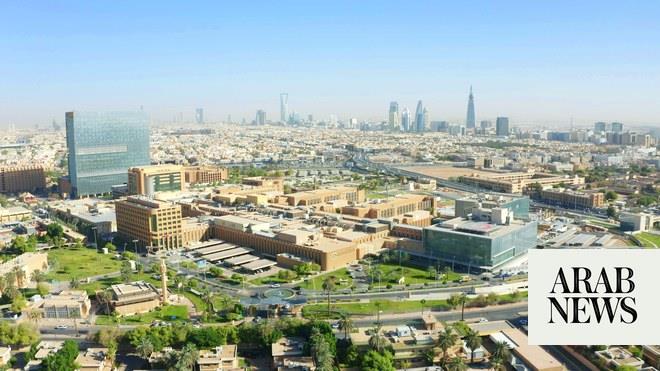
MELBOURNE, Aug 13 (Reuters) - Australia"s mining industry is bracing for a government inquiry that is expected to shed light on sexual harassment in the country"s mineral-rich west, as the sector struggles with a dire skills shortage and low female representation.
Conditions at Western Australia"s mining camps have worsened sexual harassment, critics say, and the issue has prompted the industry to take a stand against a culture they say has to change. read more
Major miners including BHP Group (BHP.AX), Rio Tinto (RIO.AX) and Fortescue (FMG.AX) are among those expected to make submissions to the state government inquiry, which will make recommendations to West Australia"s parliament in April 2022. Submissions close on Friday and become public next week.
Workers typically live at isolated "fly-in, fly-out" (FIFO) camps for a fortnight at a time in Western Australia"s mining belt, the source of much of the country"s economic prosperity.
Women make up roughly one in five FIFO workers and critics say recreation facilities have become hubs for drinking alcohol and created poor camp cultures that miners need to address.
"There are certain geographic and other issues that make FIFO camps a particular high risk area - part of that is the demographics that are on site," said Owen Whittle, a spokesperson for UnionsWA, which represents 30 workers groups and will make a submission to the inquiry.
Whittle says miners and contractors need to invest in site facilities and health and safety practices, particularly at smaller camps. He said sexual harassment needs to be seen as a systemic issue, rather than a series of unrelated incidents for the police to deal with.
"Often these (smaller) camps are poorly managed, the facilities are very poor. You might have little more than a wet mess and a rundown gym in terms of recreation facilities on site," he said, referring to mess facilities that serve alcohol.
"We need to put a duty on the camp operators and the miners and all the resource companies to...prevent harm in these workplaces."
In a 2020 report, the Australian Human Rights Commission inquiry into sexual harassment found that 74% of women in the mining industry had experienced some form of sexual harassment in the past five years, partly due to the gender imbalance.
CULTURAL ISSUES
A young woman formerly employed at one of Australia’s largest mining companies told Reuters that while her team was "welcoming, sensitive and conscious," that attitude was not always replicated underground.
"If you are a new employee and there are already about 8-10 male miners down there, you tend to sort of accept a few things here or there that you usually wouldn"t," said the woman, who declined to be named. "Like swearing, or throwing the c-word around like it"s nothing."
In her experience her male colleagues were largely respectful to her but she said when there is a group of them that "culture perpetuates."
Australia"s three biggest miners, BHP, Rio Tinto and Fortescue, did not have an immediate response to requests for further comment but have previously spoken about measures they are taking to address the issues, including efforts to increase women in their workforces.
BHP has been targeting a 50-50 gender split by 2025. The percentage of women has risen to 26.5% up from 17.6% since mid-2016.
Rio is striving to increase the representation of women by 2 percentage points each year. It rose by 0.9% to 21.0% in the first half, hiring 1,270 women, 32% of all hires. It has also launched an initiative to address sexual harassment and help it retain women.
"As an industry, we must and can do more to ensure we have a diverse workforce that is reflective of our community and foster a workplace culture that truly embraces diversity and inclusiveness," Elizabeth Gaines, Fortescue Chief Executive, said last week.
At the mining industry"s biggest annual conference in the outback town of Kalgoorlie last week, Gaines noted she had improved the event"s gender diversity: women made up four out of 56 speakers, up from the three last year.
"It is clear that the industry still has some work to do in this regard," she said at the conference.












